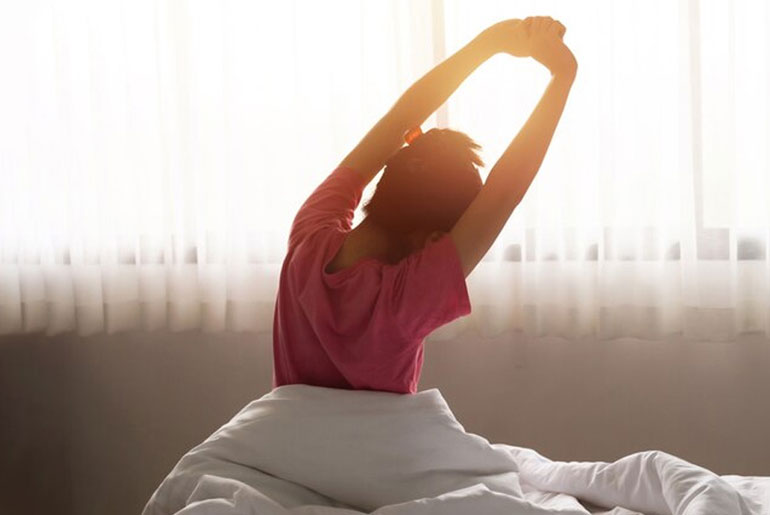In today’s fast-paced life, many people struggle with insomnia, which disrupts their morning routine and overall well-being. Some individuals become so distressed by sleeplessness that they resort to sleeping pills. The rise in insomnia can often be attributed to factors such as late-night phone usage, TV, and laptop screens, as well as excessive rumination.
According to doctors, ideally, one should aim to sleep between 9 and 10 PM to ensure complete rest and a smooth morning routine. However, many people end up staying awake until 11 PM or even later, leading to sleep problems. If you’re experiencing similar issues, incorporating yoga into your routine can help manage insomnia and promote a peaceful night’s sleep.
If you find yourself struggling with sleeplessness at night, there are several yoga practices that can help manage insomnia. In today’s world, staying up late has become common, leading to various health issues.
Effective yoga poses and breathing techniques to combat insomnia:
- Surya Namaskar (Sun Salutation): Perform this sequence of poses in the morning to keep your body active. It’s beneficial if you do not have high blood pressure or knee issues. Regular practice can help regulate your sleep patterns.
- Nadi Shodhana Pranayama (Alternate Nostril Breathing): This involves breathing in through the left nostril and exhaling through the right, then switching sides. Practice this technique for 10 to 15 cycles to calm the mind and improve sleep.
- Chandra Bhedana Pranayama: In this technique, you breathe in through the left nostril and exhale through the right. Perform this breathing exercise about 20 times to help relax the body.
- Ujjayi Pranayama (Victorious Breath): This involves breathing in and out while slightly constricting the throat. This method helps soothe the nervous system and promote relaxation.
- Shavasana (Corpse Pose): Lie on your back, close your eyes, and relax your body while breathing slowly and deeply. This pose helps release tension and prepares the body for restful sleep.
Incorporating these practices into your routine can help you manage insomnia and improve your overall sleep quality.
The timing of yoga practice depends on the type of asanas:
- Surya Namaskar (Sun Salutation): This should be performed in the morning. It activates your body and boosts energy, which is beneficial throughout the day.
- Other Asanas and Pranayama: These can be practiced about 15 to 20 minutes before bedtime. Doing so helps calm the mind and relax the body, aiding in overcoming insomnia and improving sleep quality.
Disclaimer:
The information contained in this article is for educational and informational purposes only and is not intended as a health advice. We would ask you to consult a qualified professional or medical expert to gain additional knowledge before you choose to consume any product or perform any exercise.







